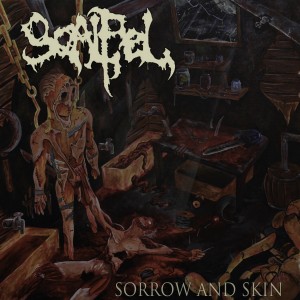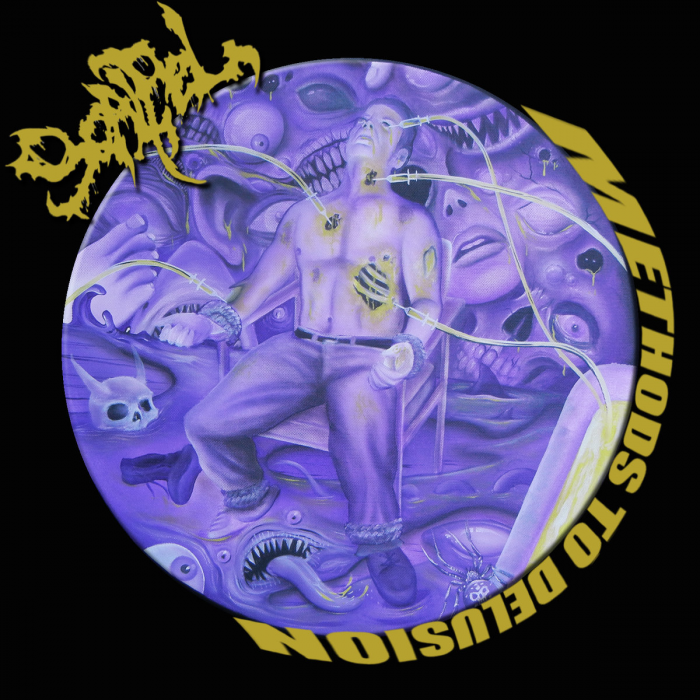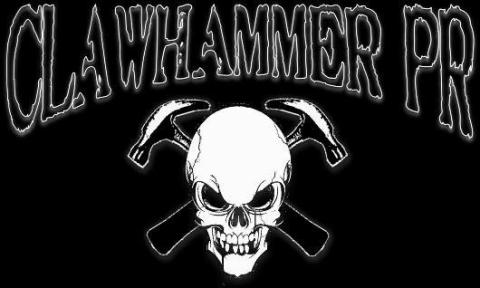 When we encountered Boston band Scalpel, it was a breath of fresh air. While some of the frenetic post-‘core deathgrind influences were present, this band made it clear through their songwriting that their hearts were in the older traditions of the underground.
When we encountered Boston band Scalpel, it was a breath of fresh air. While some of the frenetic post-‘core deathgrind influences were present, this band made it clear through their songwriting that their hearts were in the older traditions of the underground.
In fact, their sound resembles a cross between a Unique Leader West Coast-style blasting percussive death metal band, and an East Coast outfit, like some of the Suffocation material from their live album era before they fully modernized. Scalpel bash out the intricate textural descents of percussive death metal on Sorrow and Skin, their opus coming out this month.
We were able to snag the band for a few questions and enjoyed their laconic but incisive answers.
How did Scalpel form, and how did your style evolve after that point?
Scalpel formed when Taylor Brennan and Manny Egbert met each other at guitar summer camp like good little childs. We started as a goregrind band with lots of Carcass style riffs before developing a more technical and brutal sound.
What would you identify as your influences, musically and in literature, film and non-fiction writing?
Musically, our influences are bands like Creedence Clearwater, Black Sabbath, Morbid Angel, Suffocation and Carcass. We all enjoy films such as Ip Man, Rambo, The Reanimator, and Clockwork Orange. We also love authors such as J.R.R Tolkien, Kurt Vonnegut and Hunter S. Thompson.
Your style seems to approximate a mixture of East Coast and West Coast death metal influences. Are you the crest of a new wave?
Yes, although we do not try to align ourselves with any other contemporary death metal bands, we do feel that we have a unique sound.
Where did you record Sorrow and Skin?
Sorrow and Skin was recorded at Q Division Studios in Somerville, Massachusetts. No metronomes were used in the recording of the album in order to produce a more organic sound.
To what degree do you take influence from “modern” styles of metal, specifically the post-2000 ones?
Mostly, the extremely quick tempos and incessant blast beats. Other than that, we stick to our roots.
Where do you hold on to older styles, and why?
Slam riffs, fuzzy production, and shrieking bluesy guitar solos are all elements reminiscent of older styles. We think it is better to draw influence from older groups and expand upon the foundations of death metal than to keep up with modern standards.
Will you be gracing us with your presence with a tour?
Yes, we hope to tour Europe in the future. We look forward to bringing our brand of Death Metal to a new audience as well as making friends in new places.
How do you compose these songs?
The songwriting process sets in much like an attack of diarrhea; an idea will hit Manny or Taylor, and it goes from there. The song starts usually in the form of death metal scatting (fa na na flum flum) and we finish each other’s song ideas and hash out the rest at practice.
What, in your view, is the “soul” of death metal?
Death metal serves the purpose of being a lens into the darkest side of humanity, and making light of the most disturbing things that humans can achieve. Without the outlet of Death Metal, the world would seem deceivingly positive.
1 CommentTags: death metal, interview, scalpel




